

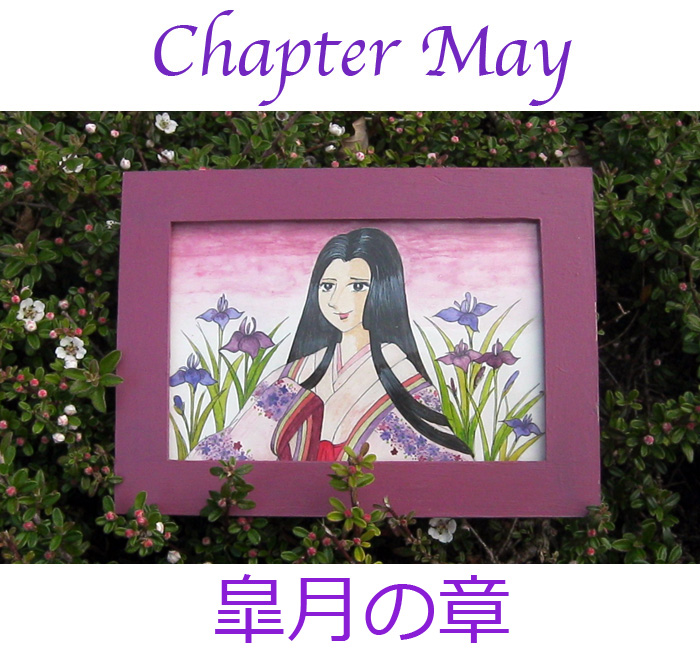
&&&&&&&&&&&&&&&&&&&&&&&&&&&&&&&&&&&&
The Golden Week

From the end of April to early May, Japanese people have some holidays.
These days are called “The Golden Week”
There are four National holidays during this period; these are Showa Day,
Constitution Memorial Day, Greenery Day and
Children’s Day.
When Saturdays and Sundays combine well with these holidays,
the Golden Week becomes the longest holiday period of the year.
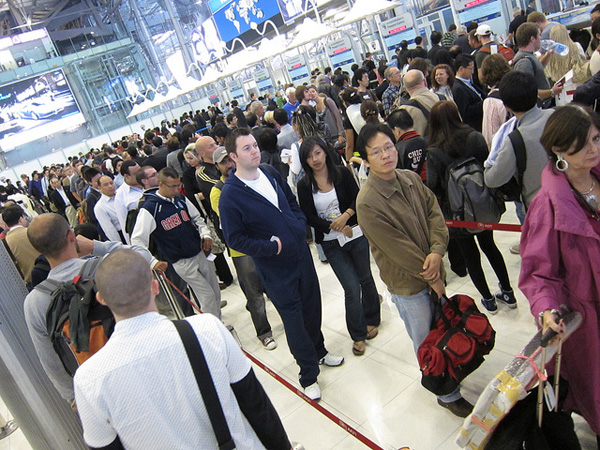
During the Golden week, many people go on a trip around the country or abroad
or return to their hometown to see their families,
so Shinkansen, long distance buses, and airplanes
are mainly full-seated during this period.
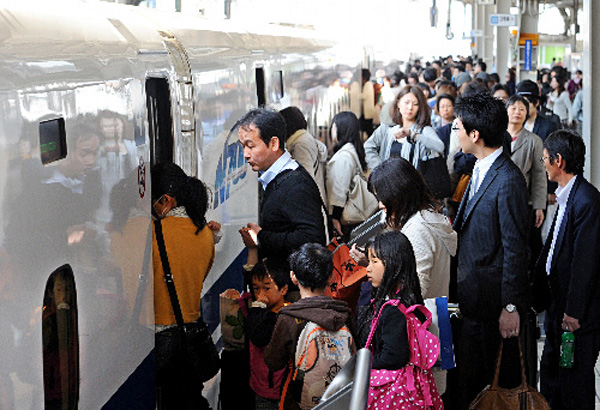
&&&&&&&&&&&&&&&&&&&&&&&
Children’s Day: Kodomo
no Hi

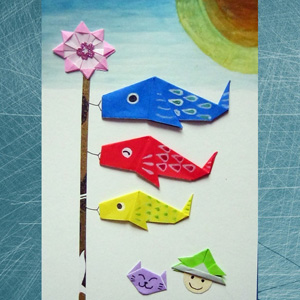
May 5th is the Children’s Day, one of National
holidays.
Before, it was Boy’s Day Festival called, “Tango no Sekku”
Families with little boys hoist carp streamers called,
“Koinobori” on a tall pole outside,
and display a set of warrior dolls indoors.
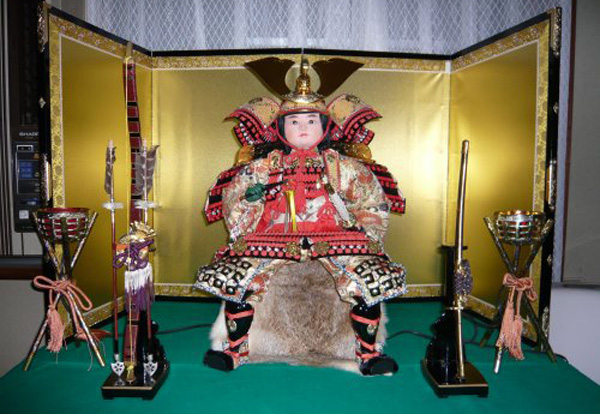
The carp streams swimming powerfully
in the wind against blue sky is wonderful.
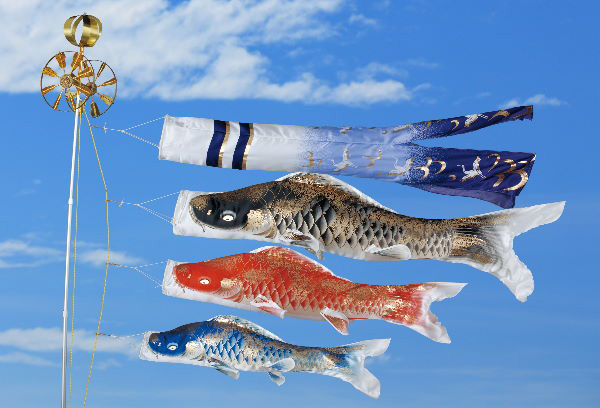

Koinobori: Carp Streamers
People eat “Chimaki” which are dumplings wrapped in bamboo leaves,
and “Kashiwamochi” which are sweet dumplings
wrapped in oak leaves on this day.
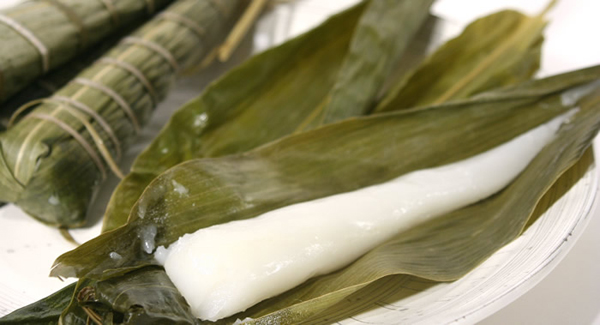

Chimaki
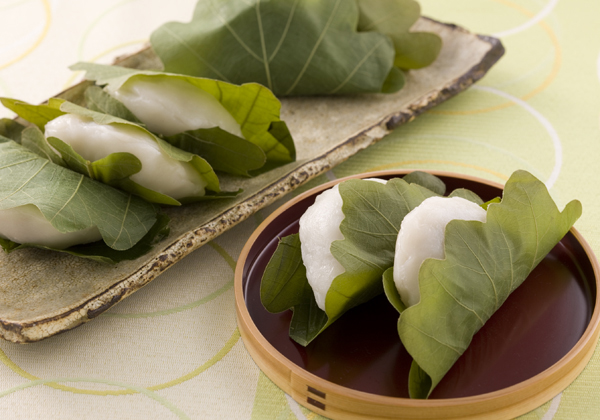

Kashiwamochi
At night of this day, many families put leaves of Japanese Iris flowers
onto the bathtub filled with hot water.
It is believed that Iris flowers have power to get rid of evil spirits from
people,
and also make boys strong to win any kinds of matches or games
since matches and games are “Shoubu” in Japanese and Japanese Iris flowers
are also called “Shoubu” in Japan.


Shobuyu
&&&&&&&&&&&&&&&&&&&&&&&
Picking Green Tea
Sprouts
and Leaves: Chatsumi

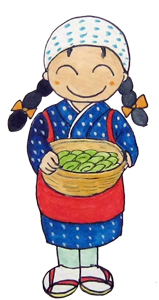
It is said in Japan that you can have tastiest Ocha (Green Tea) in May
since the peak season of Chatsumi
(Picking of the young sprouts and leaves of
Green Tea)
is the beginning of May.
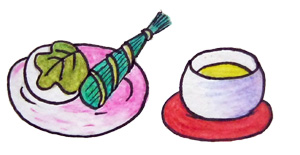
Before ladies wore red sashes and headbands when they picked tea sprouts
and leaves, and this traditional style still continues in some regions
as cultural and artistic event.
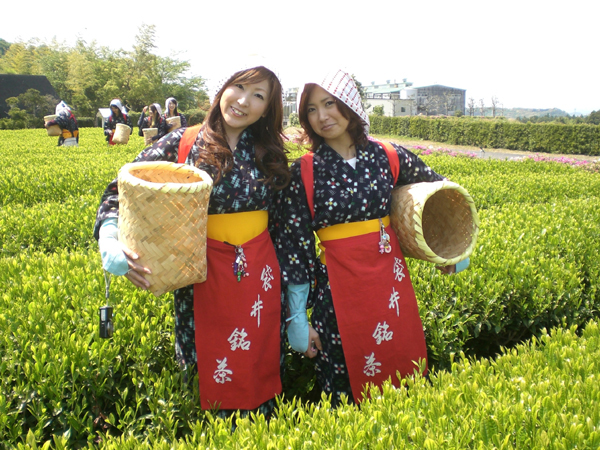
&&&&&&&&&&&&&&&&&&&&&&&
Mother’s Day: Haha no
Hi

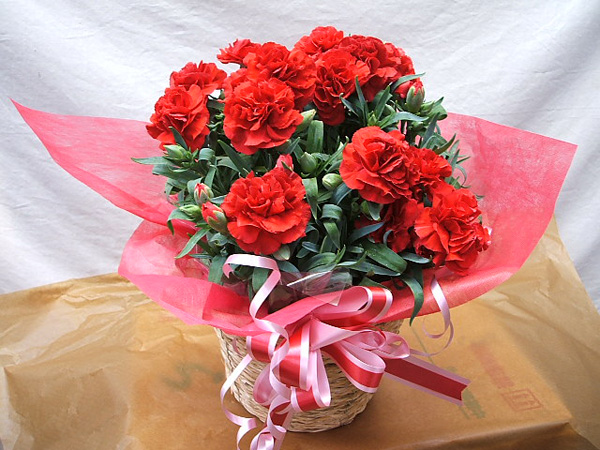
The second Sunday of May is Mother’s Day.
People give red carnations to their mother on this day.
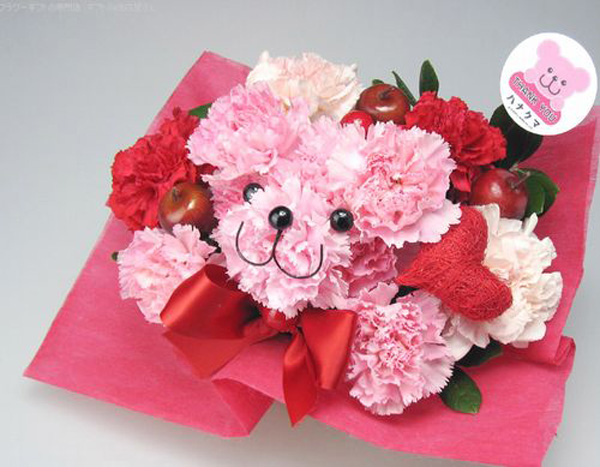
&&&&&&&&&&&&&&&&&&&&&&&
Outdoor Tea Ceremony:
Nodate

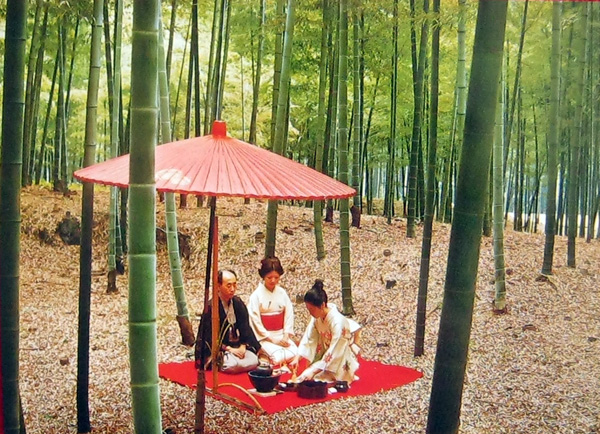
During this season, Nodate (Outdoor Tea Ceremony)
are held in many places of Japan.
People choose places where they can enjoy beautiful seasonal views
such as bamboo forests, traditional flower gardens, pinewood and so on.
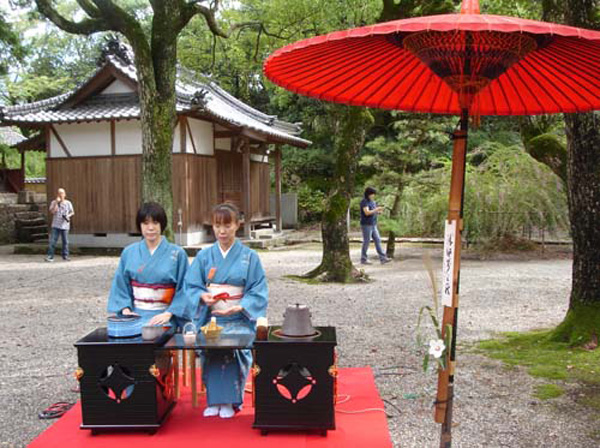
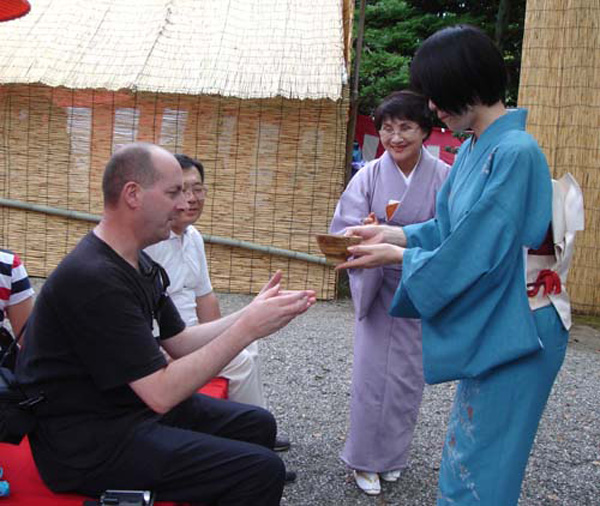
Also, they choose Wagashi (Japanese traditional sweets),
which reflect current season to make events
more enjoyable!
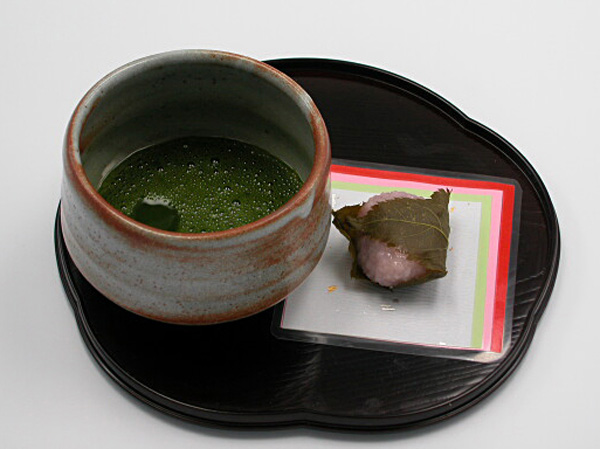
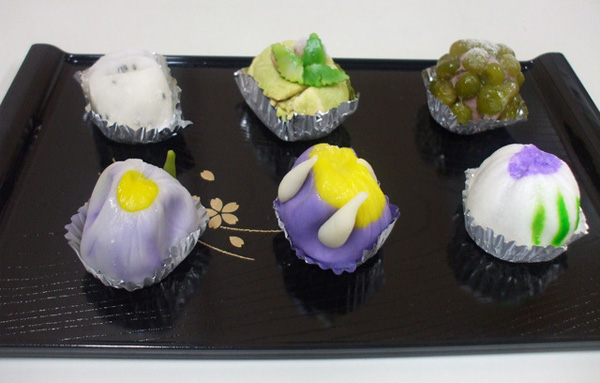

Kisetsu no Wagashi: Seasonal Japanese Sweets
&&&&&&&&&&&&&&&&&&&&&&&
Kyoto Hollyhock
Festival:
Aoi Matsuri

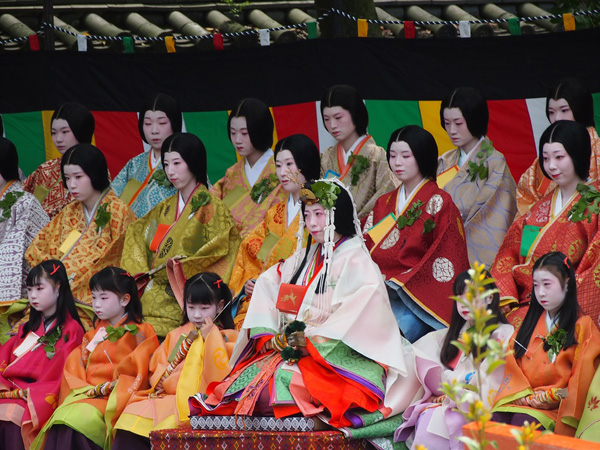
One of the three main annual festivals in Kyoto,
"Aoi Matsuri (Hollyhock Festival)"
is held on 15 May of each year.
There are two parts to Aoi Matsuri: the procession and the shrine rites.
The procession is led by the Imperial Messenger.
Following the imperial messenger are: two oxcarts, four cows, thirty-six horses,
and six hundred people, all of which are dressed
in traditional Heian period apparel decorated
with aoi leaves.
The procession starts at 10:30 on May 15 and leaves the Kyoto Imperial Palace
and slowly works its way towards the Shimogamo shrine
and finally the Kamigamo shrine.
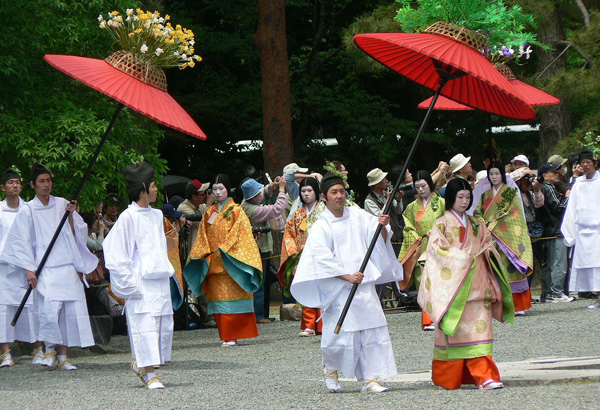
When they finally arrive at both shrines, the Saiō-Dai
and Imperial Messenger perform their rituals.
The Saiō-Dai simply pays her respects to the deities
and the Imperial Messenger intones the imperial rescript praising the deities
and requesting their continued favor.
There are two main figures in the Aoi Matsuri: the Saiō-Dai
and the Imperial Messenger.
The Saiō-Dai is a woman who is chosen from the sisters
and daughters of the Emperor to dedicate herself to the Shimogamo shrine.
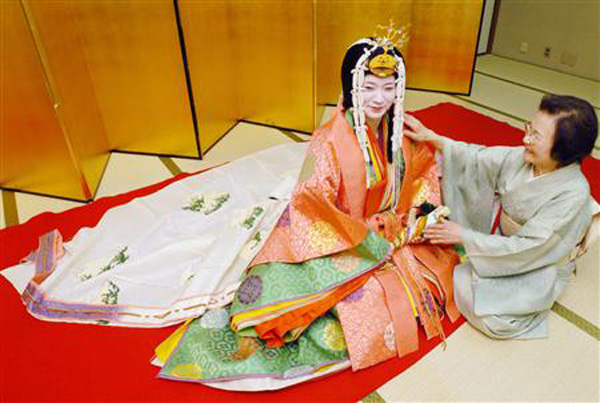
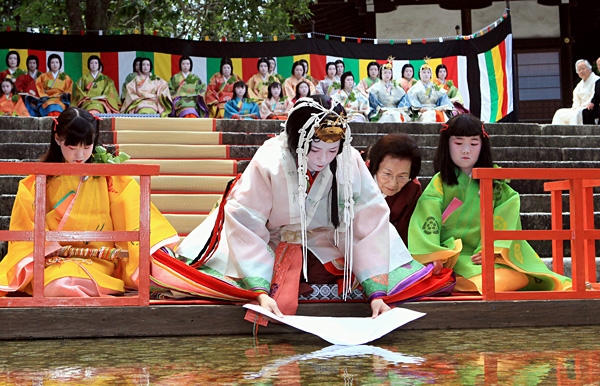

Saio-Dai
The role of Saiō-Dai was to maintain ritual purity
and to represent the Emperor at the festival.
Now, the role of the Saiō-Dai is played by an unmarried woman in Kyoto.
She is dressed in the traditional style of the Heian court.
Traditional Heian court dress for women would be wearing several layers
of exquisitely colored silk robes.
The Saiō-Dai wears twelve layers of the traditional style robes.
To maintain ritual purity, the Saiō-Dai goes through several ceremonies of
purification
before the procession of the festival.
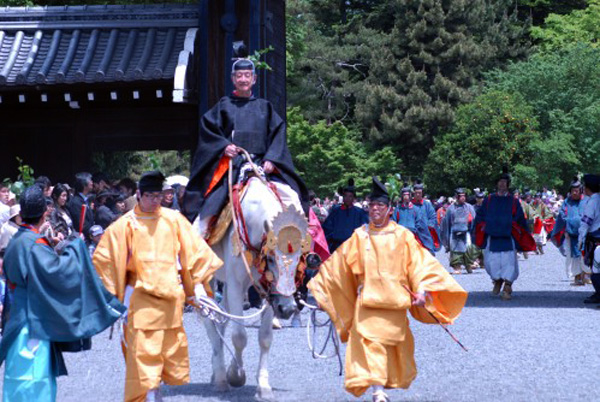

Chokushi: The Imperial Messenger
The Imperial Messenger leads the festival procession on horseback.
During the Heian period he would be a Fifth-Rank courtier holding the office of
middle or lesser captain and was usually a man destined for high office.
His role was to read the imperial rescript of the shrines
and present the emperor’s offerings.
During the Heian period, the Saiō-Dai and the Imperial messenger
would be accompanied by ten dancers and twelve musicians.